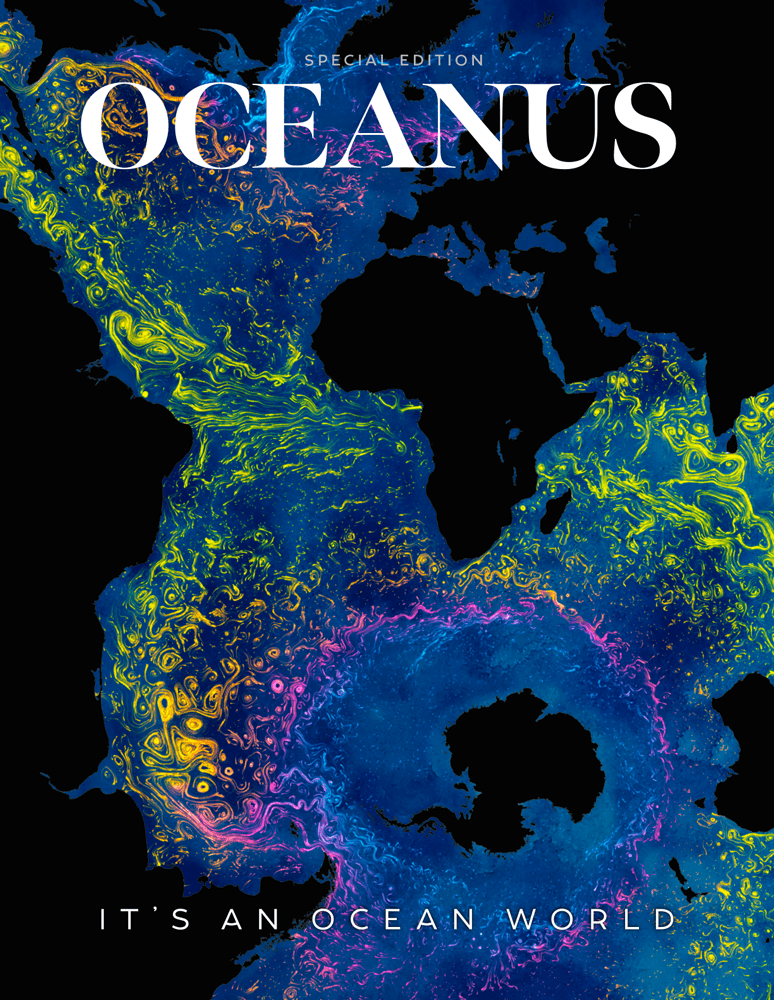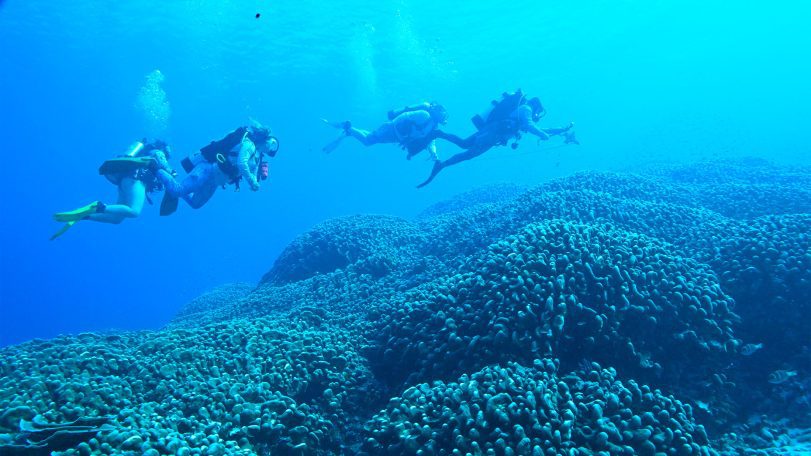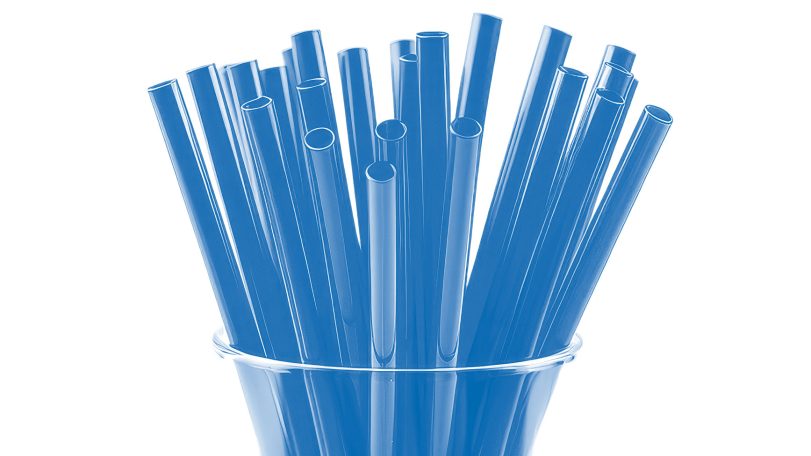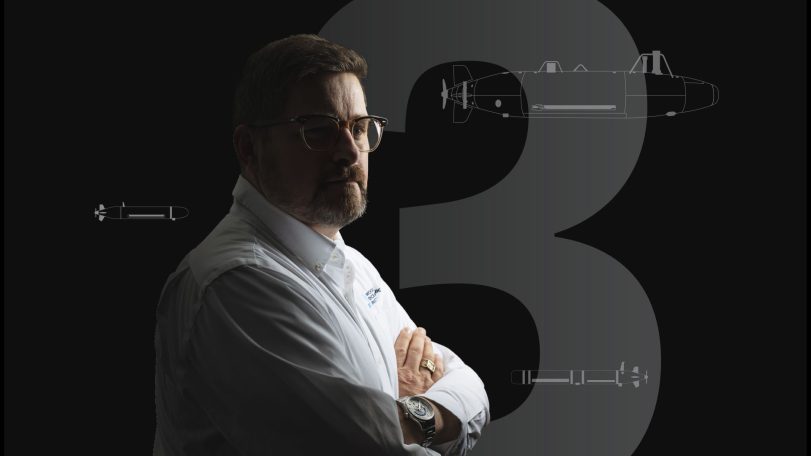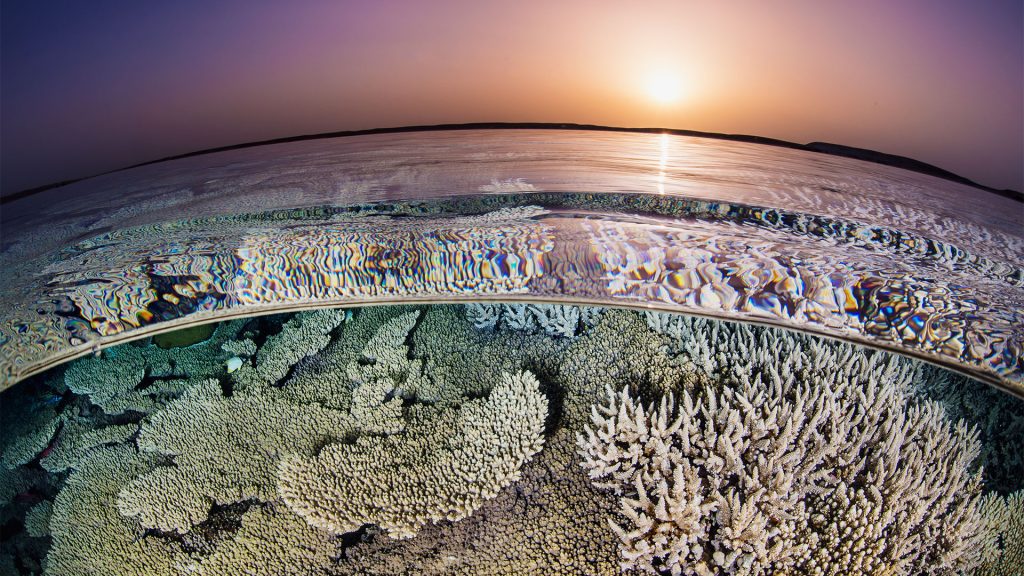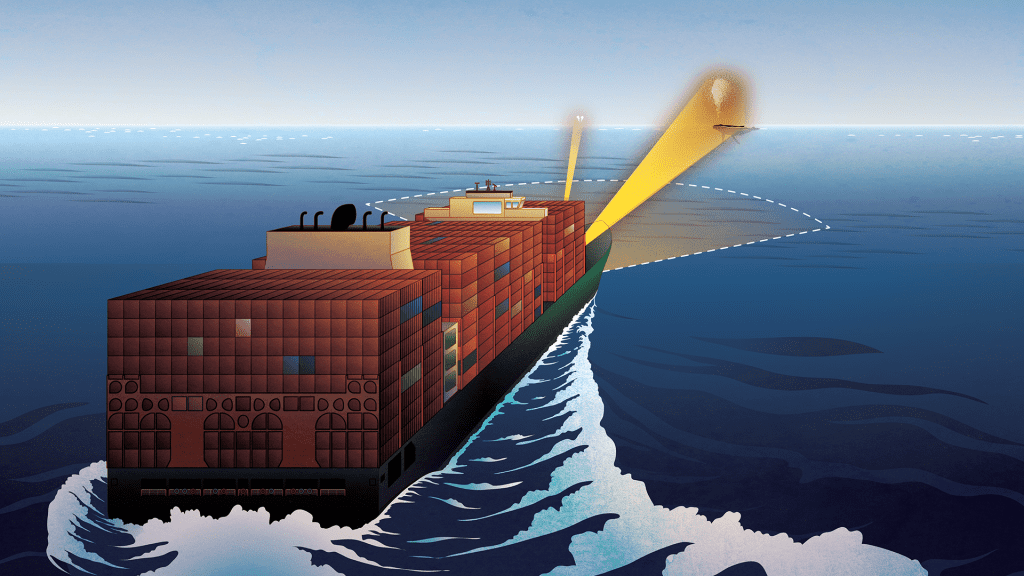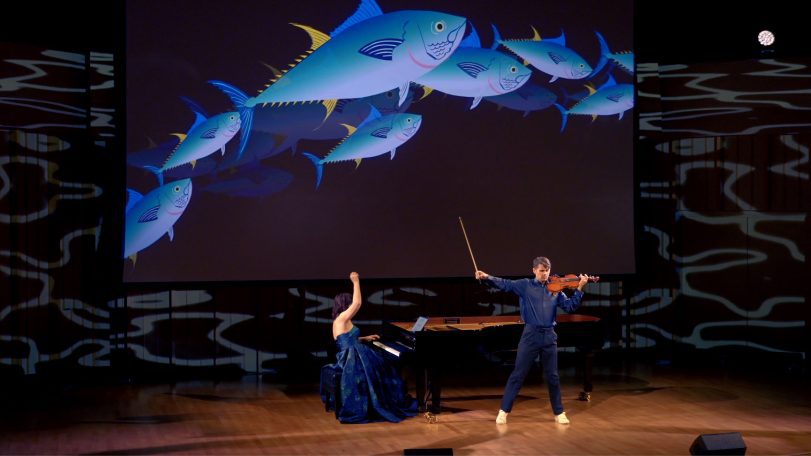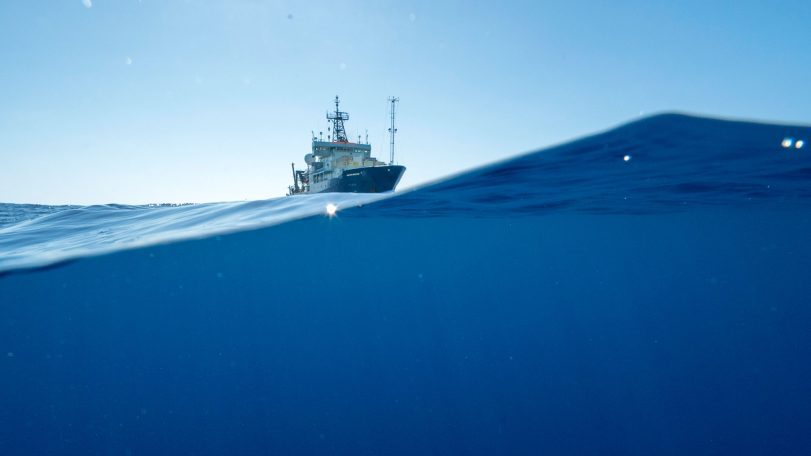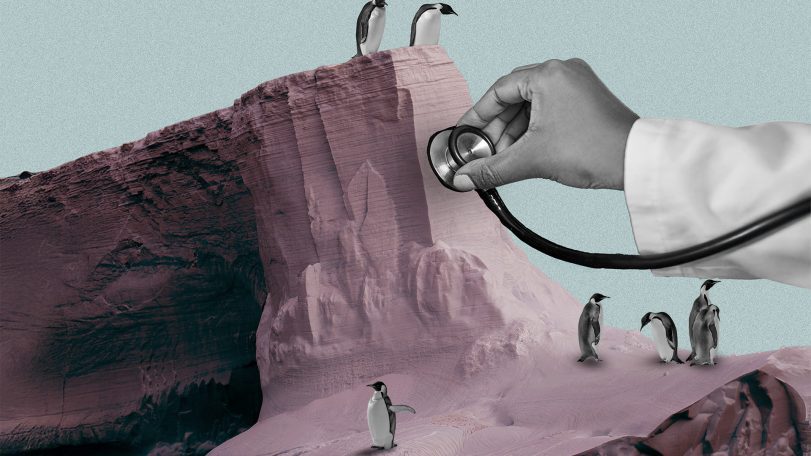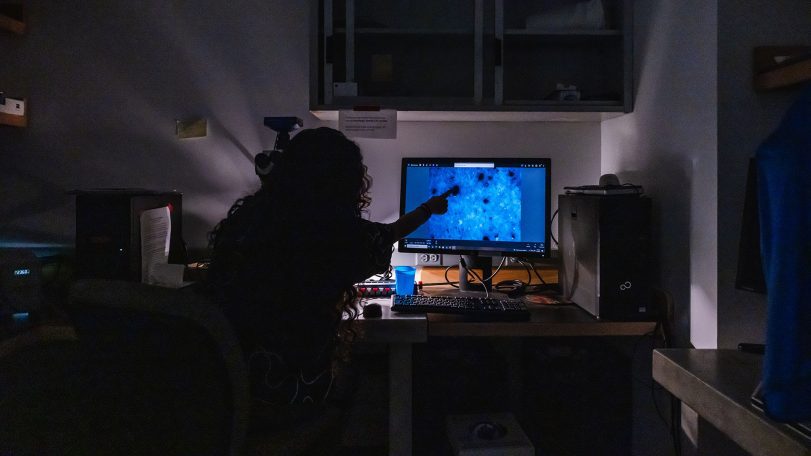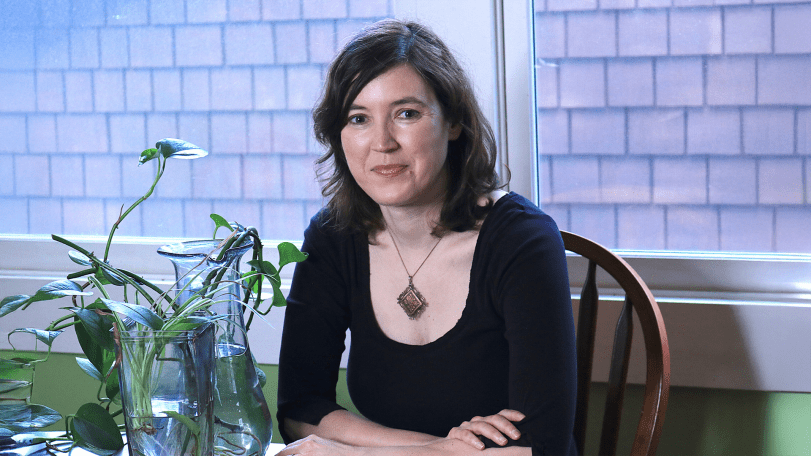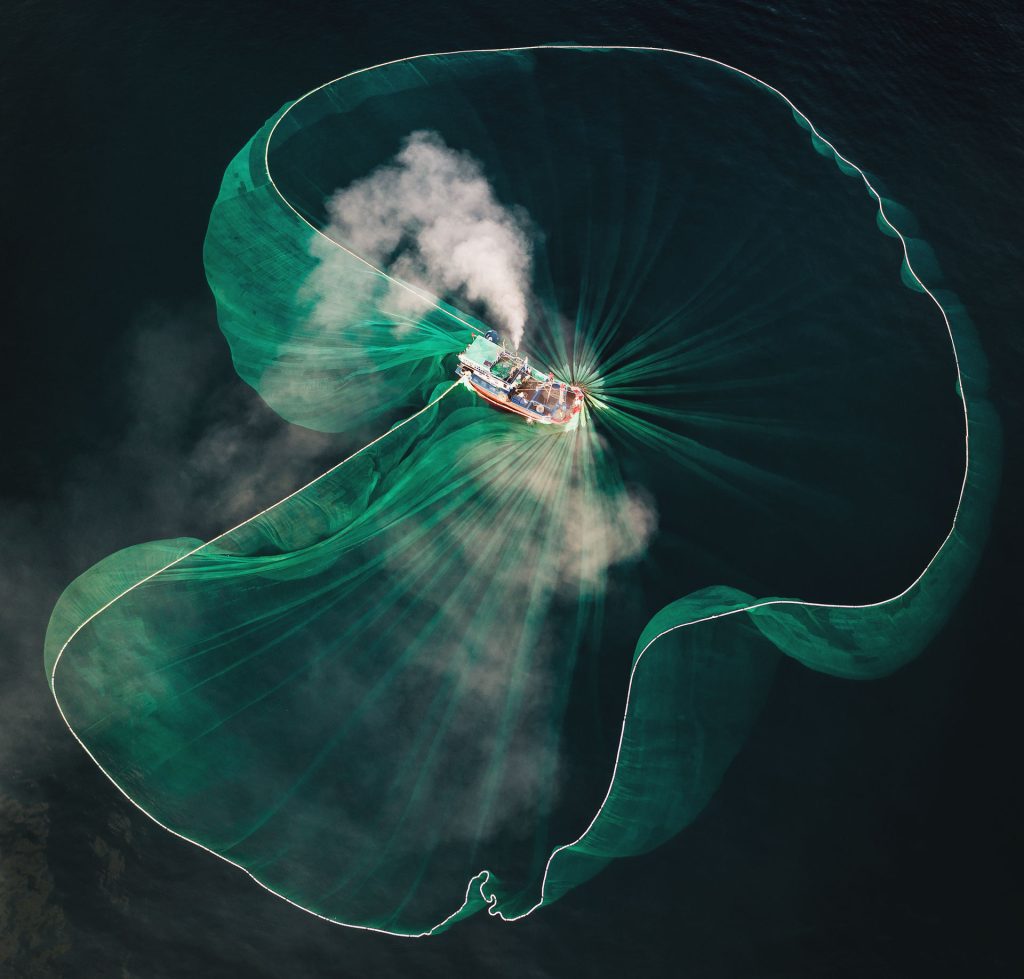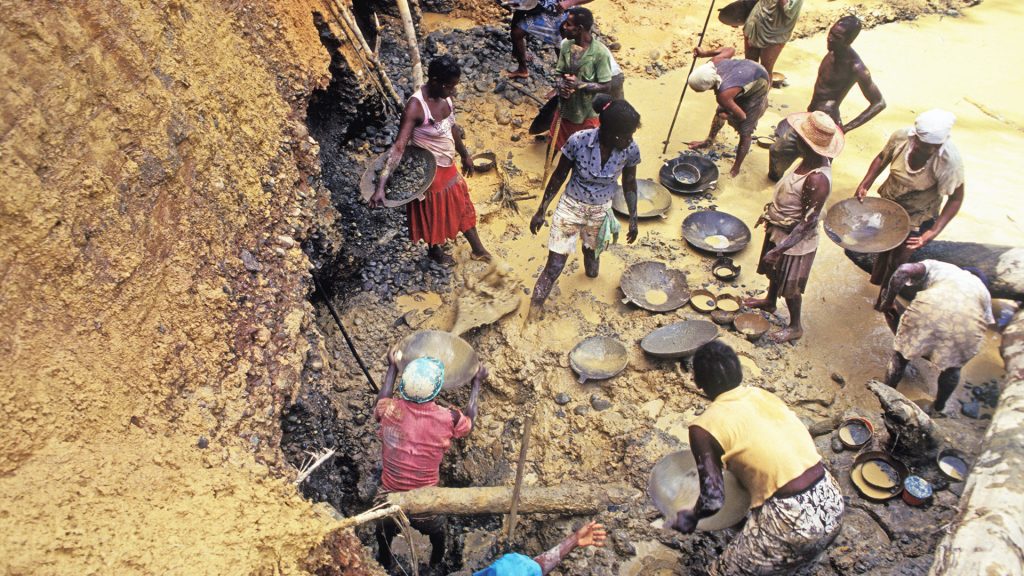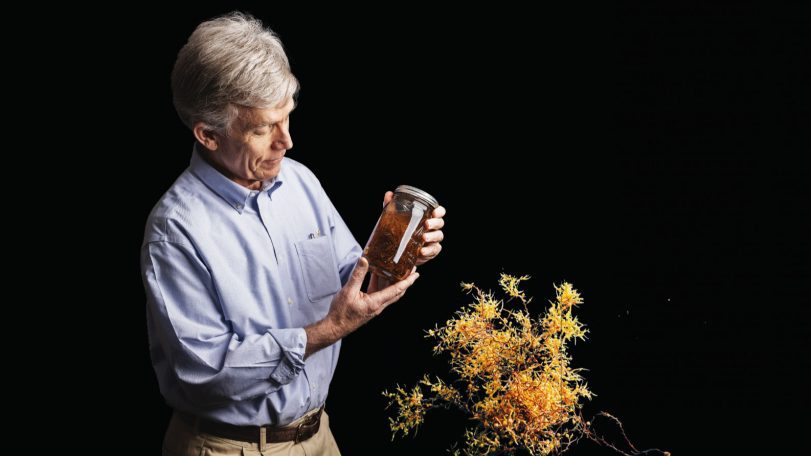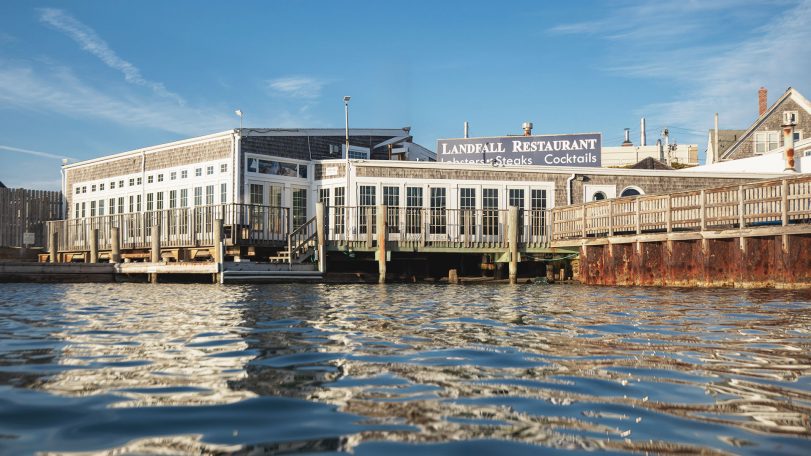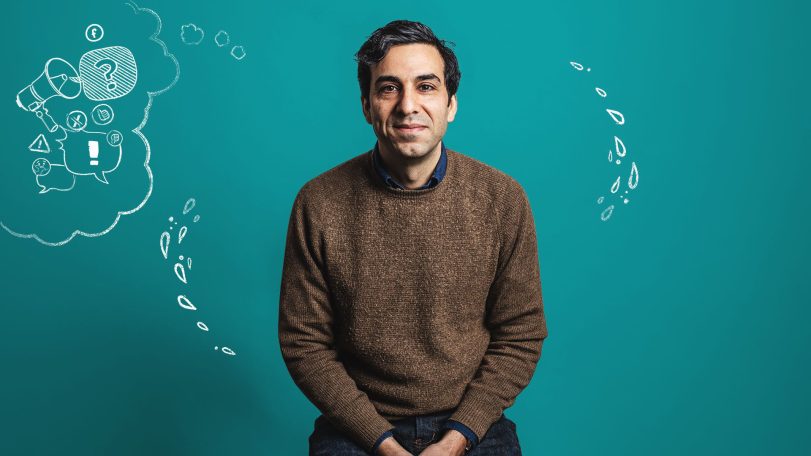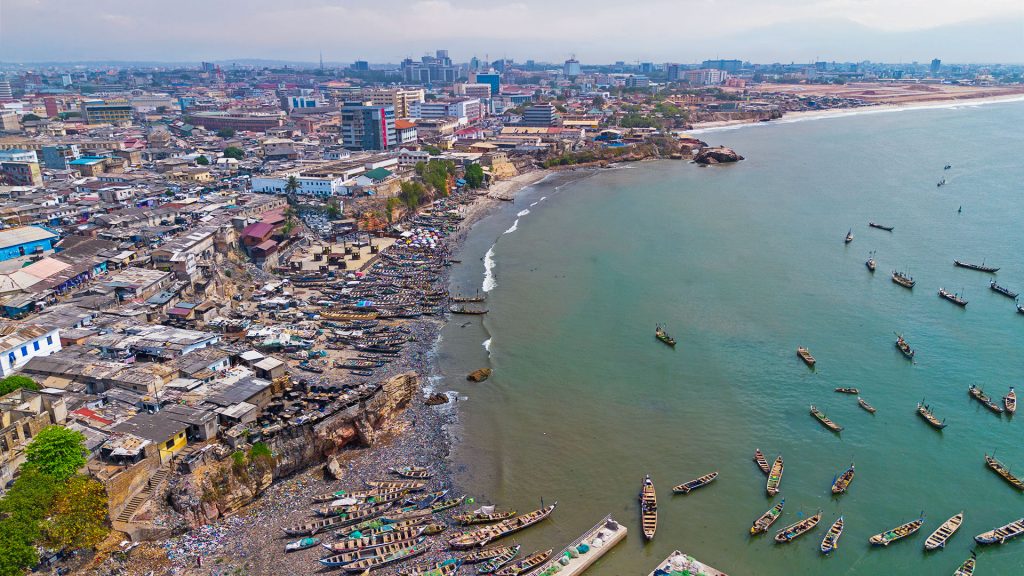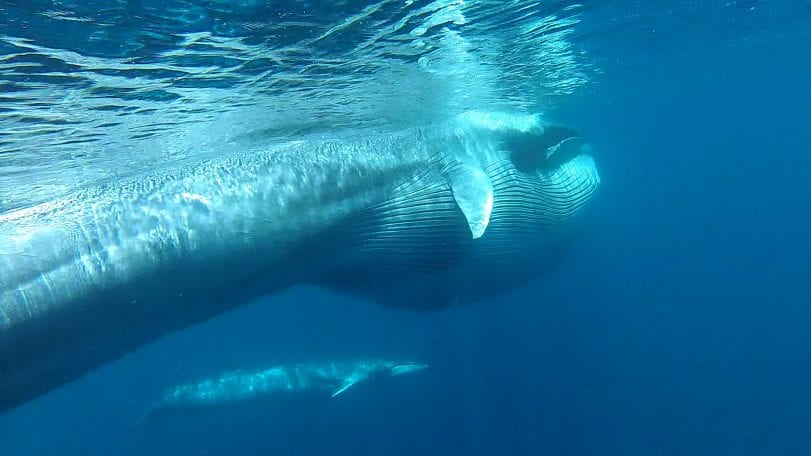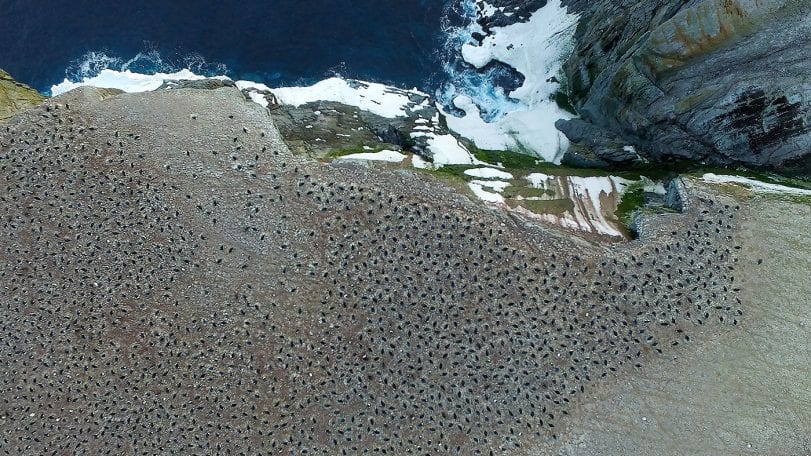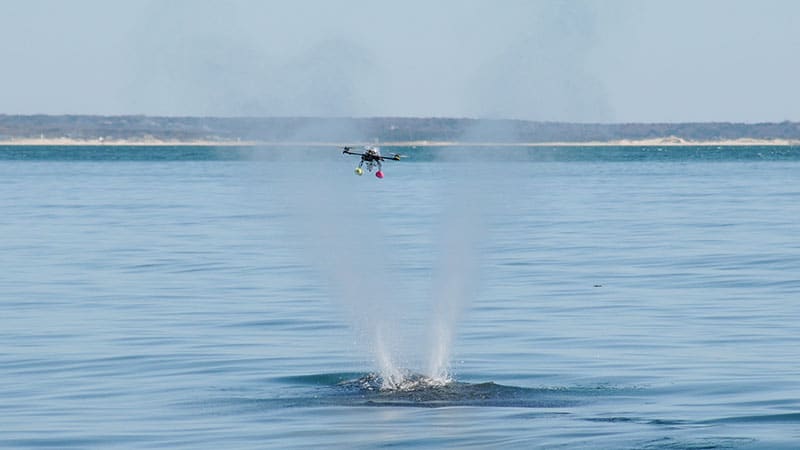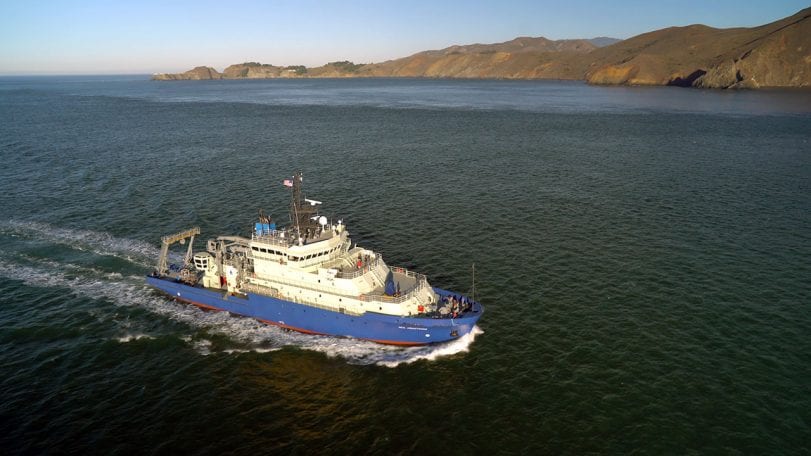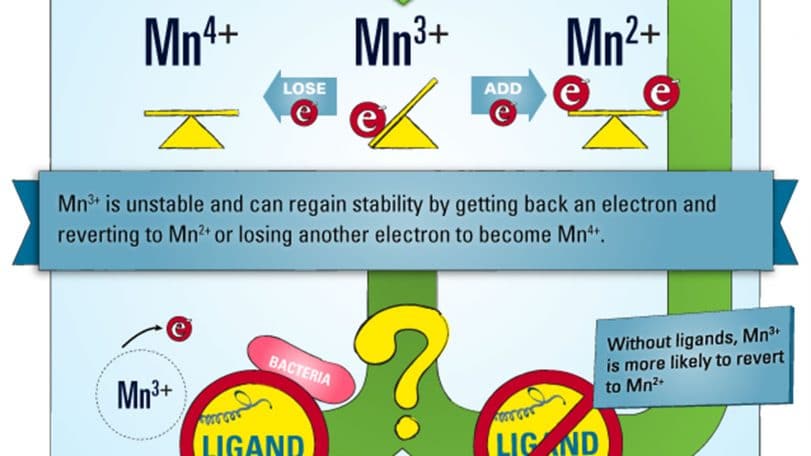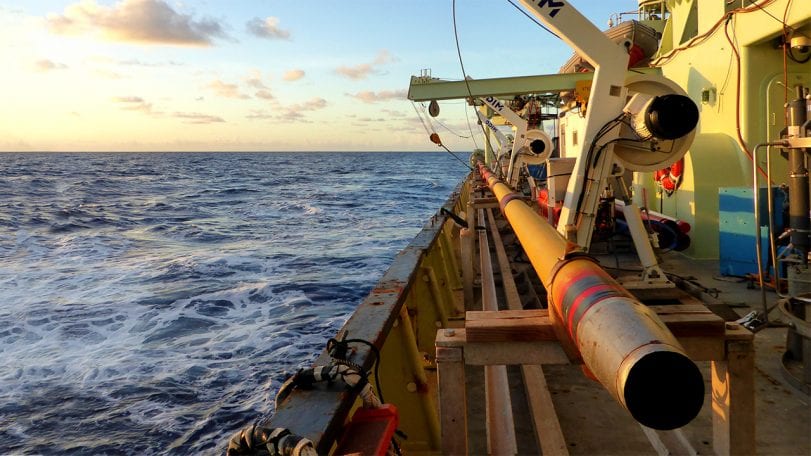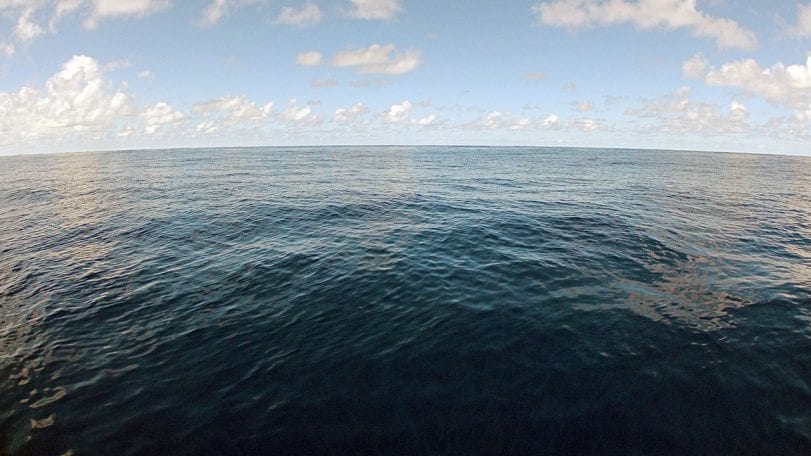
Lessons from a lifetime of exploration
Award-winning ocean photographer Brian Skerry shares insights from a career spent around ocean life and science
How an MIT-WHOI student used Google Earth to uncover a river–coral reef connection
Climate & Weather How an MIT-WHOI student used Google Earth to uncover a…
The little big picture
WHOI senior biologist Heidi Sosik on the critical need for long-term ocean datasets
The ocean weather nexus, explained
The vital role of ocean observations in extreme weather forecasting
Breaking down plastics together
Through a surprising and successful partnership, WHOI and Eastman scientists are reinventing what we throw away
Three questions with Carl Hartsfield
Captain Hartsfield, USN retired, discusses the role ocean science plays in our national defense

and get Oceanus delivered to your door twice a year as well as supporting WHOI's mission to further ocean science.
Our Ocean. Our Planet. Our Future.
The Ocean (Re)Imagined
How expanding our view of the ocean can unlock new possibilities for life
Body snatchers are on the hunt for mud crabs
WHOI biologist Carolyn Tepolt discusses the biological arms race between a parasite and its host
A polar stethoscope
Could the sounds of Antarctica’s ice be a new bellwether for ecosystem health in the South Pole?
Secrets from the blue mud
Microbes survive—and thrive—in caustic fluids venting from the seafloor
Top 5 ocean hitchhikers
As humans traveled and traded across the globe, they became unwitting taxis to marine colonizers
Following the Polar Code
Crew of R/V Neil Armstrong renew their commitment to Arctic science with advanced polar training
Harnessing the ocean to power transportation
WHOI scientists are part of a team working to turn seaweed into biofuel
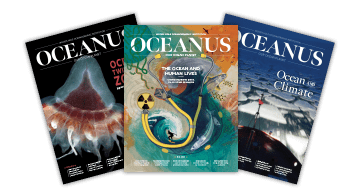
Looking for something specific?
We can help you with that. Check out our extensive conglomeration of ocean information.
Casting a wider net
The future of a time-honored fishing tradition in Vietnam, through the eyes of award-winning photographer Thien Nguyen Noc
Gold mining’s toxic legacy
Mercury pollution in Colombia’s Amazon threatens the Indigenous way of life
How do you solve a problem like Sargassum?
An important yet prolific seaweed with massive blooms worries scientists
Ancient seas, future insights
WHOI scientists study the paleo record to understand how the ocean will look in a warmer climate
Rising tides, resilient spirits
As surrounding seas surge, a coastal village prepares for what lies ahead
Whistle! Chirp! Squeak! What does it mean?
Avatar Alliance Foundation donation helps WHOI researcher decode dolphin communication
We can’t do this alone
For marine chemist Adam Subhas, ocean-climate solutions don’t happen without community
How WHOI helped win World War II
Key innovations that cemented ocean science’s role in national defense
Life at the margins
Scientists investigate the connections between Ghana’s land, air, sea and blue economy through the Ocean Margins Initiative
A New Whale Species Is Discovered in the Wild
Scientists have discovered a thriving population of Omura’s whales—a species that hadn’t even been identified…
Not Just Another Lovely Summer Day on the Water
It looks like nice summer day on the water, but Alexis Fischer (right) and Alice…
Coral Coring
Off a small island in the Chagos archipelago in the Indian Ocean, Woods Hole Oceanographic…
See Those Black Dots? They’re Penguins. Now Count Them.
That’s exactly what a team of researchers from Woods Hole Oceanographic Institution (WHOI) did on…
A Faster Way to Better Reactions
Finding new chemical reactions to synthesize commercial products more efficiently is big business and a major source of innovation. A new study offers a way to make the search faster, cheaper, and greener.
Endangered Whales Get a High-Tech Check-Up
Drones seem to be everywhere these days, from backyards to battlegrounds. Scientists are using them too: in this case, to assess the health of endangered North Atlantic right whales. Since drones are small and quiet, they can fly close to whales without disturbing them, bringing back incredibly detailed photographs and samples of microbe-rich blow.
Remembering Knorr
After an iconic, 44-year career, the research vessel Knorr left the dock at Woods Hole Oceanographic Institution in March for the last time. It also left a place in the hearts of many who sailed on the ship or who had simply seen it in Woods Hole. A few of the people who watched it depart shared their memories of Knorr in this audio postcard.
Our Ship Comes In
The long-awaited newest research vessel in the U.S. academic fleetâand the latest in a long line of WHOI-operated shipsâarrives in Woods Hole on Wednesday.
Journey Into the Ocean’s Microbiomes
Bacteria in the ocean, including pathogenic ones, often hitchhike on tiny crustaceans called copepods. A graduate student explored their complex relationships.
Minerals Made by Microbes
Some minerals actually don’t form without a little help from microscopic organisms, using chemical processes that scientists are only beginning to reveal.
Through the Looking-Glass of the Sea Surface
Scientists are using new technology to make previously impossible measurements at the turbulent ocean surface—a crucial junction for energy exchange between the air above and the sea below.
